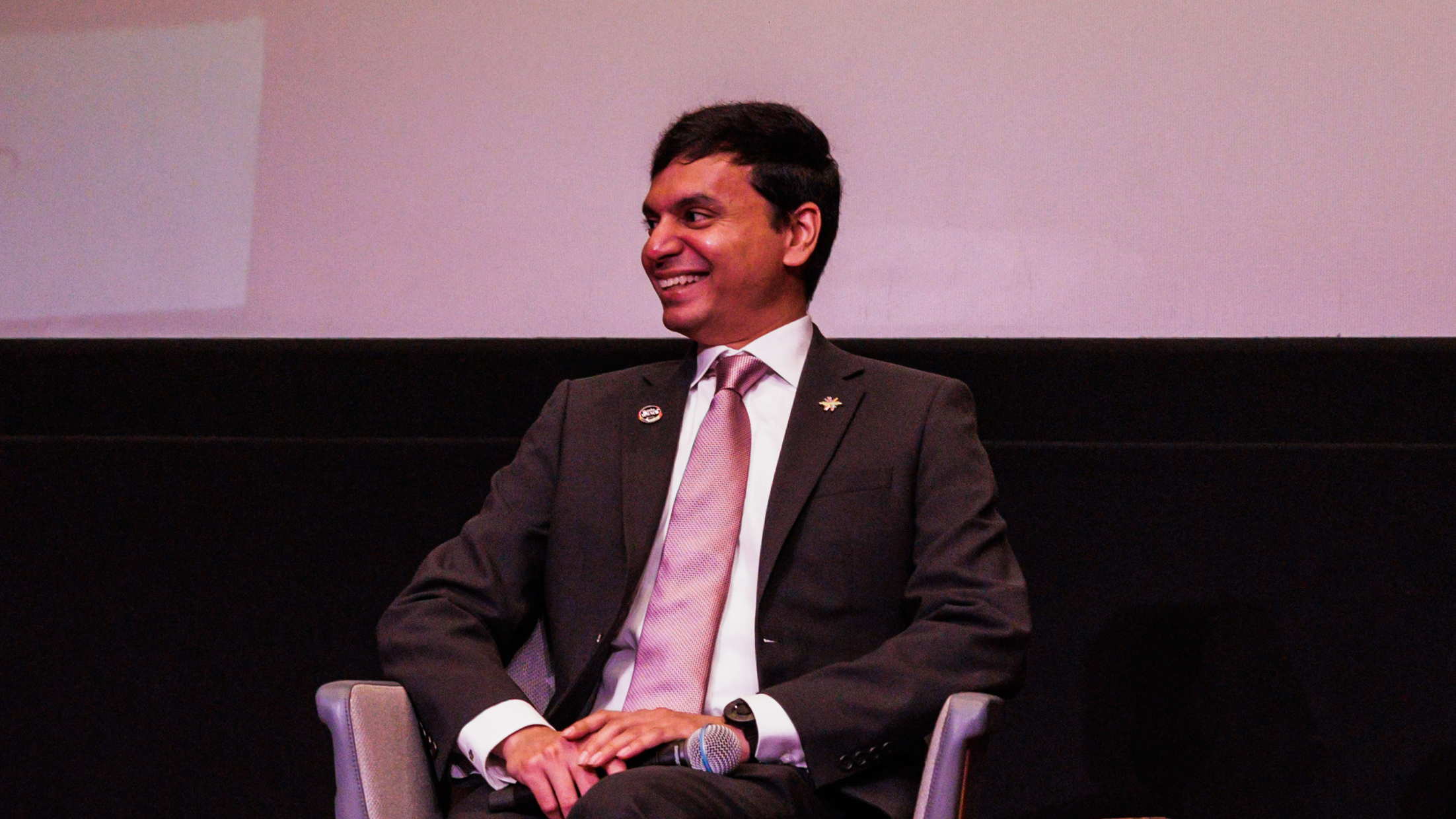The Australian economy would be $100 billion bigger and boosted by 42,000 new jobs by hitting a target of investing 3% of GDP in research and development, new analysis by the nation's peak body for science and technology has found.

Speaking at the National Press Club today, Science & Technology Australia President Professor Sharath Sriram made a powerful case for rapidly reaching the 3% target to turn Australia into an innovation nation, revealing how to create an innovation ecosystem that will secure the country's economic future, and warned of the consequences of failing to do so.
Professor Sriram is a research rockstar and a commercialisation champion based at RMIT. His work connecting industry and researchers has created more than $9 million in commercial partnerships for his university, and spurred innovations including smart bedding products for aged-care support, a wearable device for continuous molecular monitoring, and miniature biosensors for monitoring respiratory illnesses.
He will deliver the address as the centrepiece of STA's Science Meets Parliament (SMP). Now into its 24th year, SMP brings hundreds of scientists and technologists from all around Australia to Canberra for two days of professional development focused on navigating the policy architecture and getting their science into the hands of decision makers.
Australia's spending on research and development as a percentage of GDP has been in decline for more than a decade. We now spend less than 2 cents in every dollar on economy-boosting R&D. The US spends more than double Australia's investment, and South Korea almost triple.
"If we were investing that 3 per cent of GDP in R&D right now, the economy would be $100 billion and 42,000 jobs better off. And this is a conservative estimate," said Professor Sriram.
"To maintain our standard of living, Australia must increase R&D expenditure to 3 per cent of GDP as fast as we can."
Key to the success of that plan will be a connected innovation ecosystem that smoothly takes great Australian ideas, turns them into products and services, and draws maximum value for society.
"The three parts of our innovation ecosystem need to work in cohesion - universities and research institutes generating ideas, businesses transforming and adopting them, with government championing the efforts with strategic incentives and driving efficiencies."
"Creating this ecosystem is crucial. Failing to build it will have big consequences."
"If we fail to diversify, if we don't become an innovation-driven economy, then we will be a nation of consumers rather than creators. We will end up paying an ever-increasing rent to the rest of the world."
"Unless we become a smarter country, we're doomed to become a poorer one."






